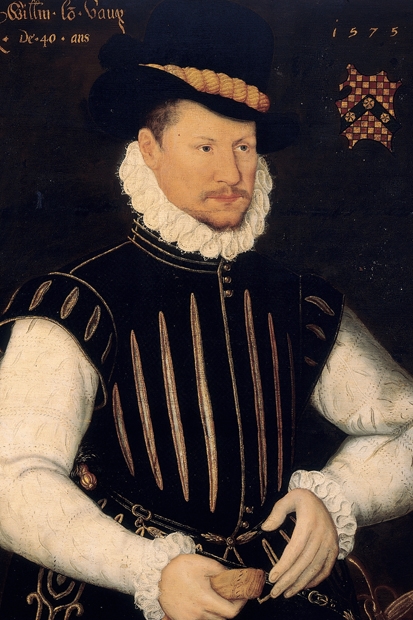There are still some sizeable holes in early modern English history and one of them is what we know — or, rather, do not know — about the aristocracy. Of course, peers who held high office under the Crown often have their biographers. But there is still a rooted assumption among scholars that the aristo-cracy as a caste or class was in decline during and after the later 16th century. If the papers have not survived, we are left with little idea about a peerage family apart from snippets of information and the odd anecdote. Also, the sort of documents which tend to get kept are the ‘boring’ ones — estate papers, rent rolls and such like. Much less frequently preserved are the family’s private and confidential papers and letters.
One sure way for a peerage family to go into decline in the period after the Reformation was for it to turn to Catholicism. Historians tend to side with the winners and are inclined to regard high-ranking Catholic families as marginalised and dull. But compared even with much of the upper gentry, most of the Catholic peerage was still phenomenally rich and therefore socially powerful. Despite their often chronic indebtedness in terms of ready cash (and they were not unique in this), these families had at their disposal vast resources in the form of landed estates and various kinds of patronage.
Among them were the Vaux, who under Elizabeth I separated from the national church and flirted with quite dangerous forms of Catholic dissent. This drew the hostile glances of the authorities, especially since the family lived in Northamptonshire, which had its share of puritans. The surveillance generated by informers, JPs and other agents of the state as they watched the Vaux family has left behind quite a lot of information about them.








Comments
Join the debate for just £1 a month
Be part of the conversation with other Spectator readers by getting your first three months for £3.
UNLOCK ACCESS Just £1 a monthAlready a subscriber? Log in